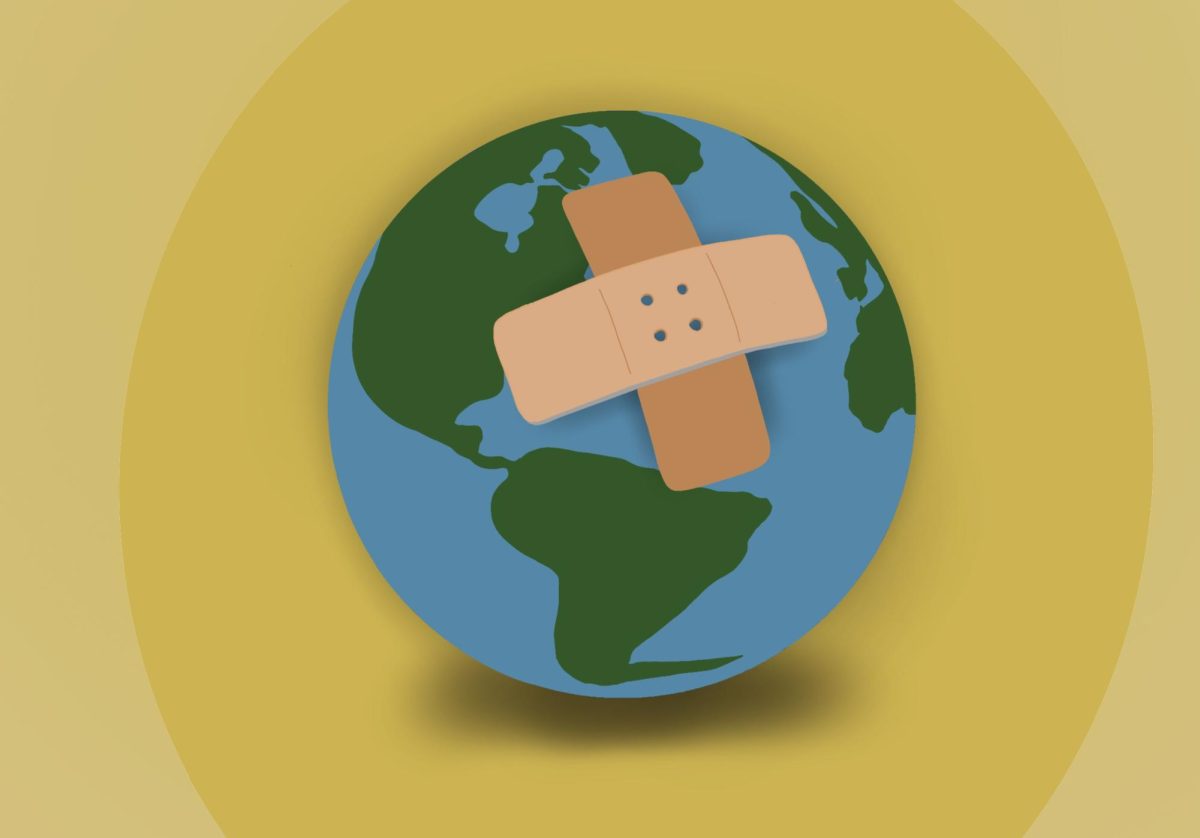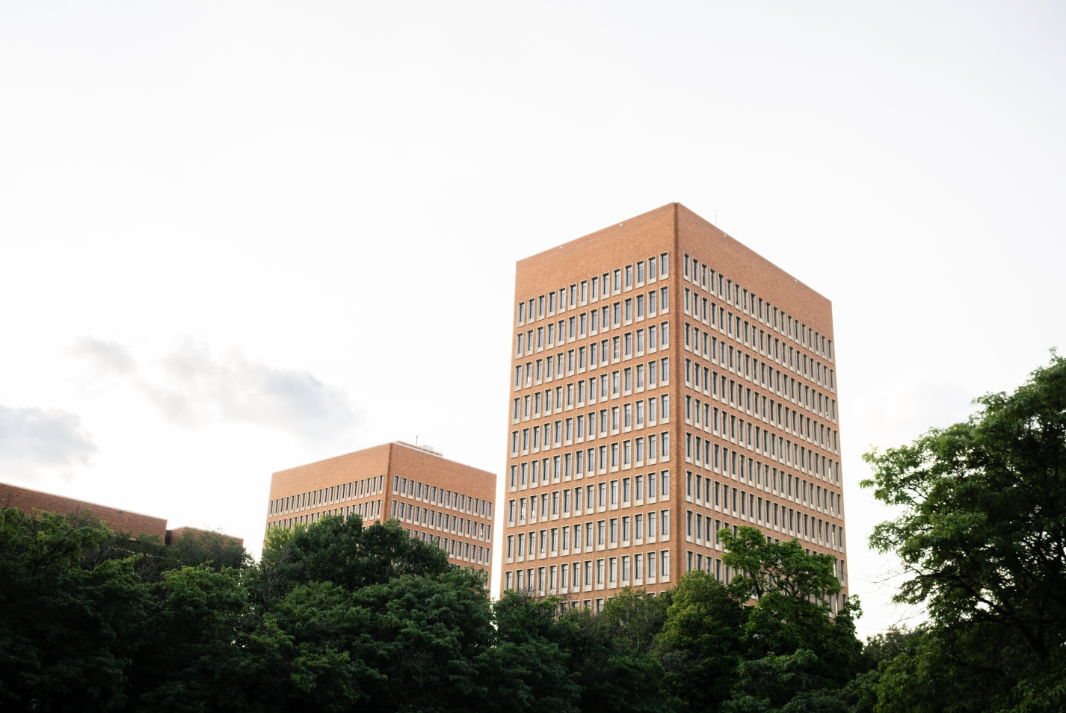A University of Minnesota professor said the Earth’s inner core hasn’t stopped but has slowed down in response to a CNN article published Jan. 26 titled “Earth’s Core May Have Stopped Turning and Could Go Into Reverse, study suggests.”
Maxwell Brown, a research associate professor and faculty manager for the Institute for Rock Magnetism, studies the evolution of Earth’s magnetic field through time. He said he uses natural materials such as volcanic rock, which is full of magnetic minerals, and records the magnetic field in the past.
In response to the news, which was covered by several media outlets, Brown said, “Nothing cataclysmic is going to happen, the Earth isn’t going to implode.”
The Earth is made up of the crust, the mantle, the outer core and the inner core. The inner core is solid and separated from the semi-solid mantle by the liquid outer core, which allows the inner core to rotate at a different speed than the Earth as a whole.
At times, the inner core is rotating quickly, while at other times it is not, Brown said. Currently, the rotation between the inner and outer cores is becoming less distinct.
When researchers say “reverse,” they mean the inner core is rotating slightly slower than the outer core, Brown said. It does not mean the Earth’s core has changed the direction it rotates or is rotating backward.
“When you’re in the field, it’s obvious, it’s a different rotation,” Brown said.
The Earth’s inner core and outer core are electromagnetically coupled. The magnetic field generated by the outer core influences the spin of the inner core, which in turn impacts Earth’s magnetic field, Brown said.
For example, when the inner core grows, Earth’s magnetic field strengthens, Brown said.
The change in the inner core’s rotation speed is related to smaller changes, Brown said. Changes in the magnetic field alter the length of a day, but only by milliseconds each day.
The change in the rotation will not impact people’s everyday lives, Brown said.
Research on how the different parts of the Earth interact is important to help scientists understand Earth’s inner core composition and geomagnetic field, Brown said.
The study quoted by CNN, published by Yi Yang and Xiaodong Song on Jan. 23, initially impacted research by highlighting how complicated Earth’s inner core is, Brown said.
“It showed the inner core is much more complex than previously thought,” Brown said.
Researchers are interested in discovering the foundation of Earth’s inner core, Brown said. Understanding the inner core’s rotation helps researchers learn the core’s structure and influence on the magnetic field.
“Sometimes, as scientists, we are so encapsulated in our thoughts and world, it’s hard to know how other people might interpret our research,” Brown said.
Mumtaz Saidin, a second-year student, said she felt scared, nervous and concerned when she heard the Earth’s inner core had stopped.
“I would definitely want to know what’s happening and how I can help to preserve the Earth for the next generation,” Saidin said.
Researchers use words familiar to the geoscience field that aren’t typically clear to people who are not familiar with it, Brown said. Reporters tend to use “easy language” to discuss dense scientific studies that are often misinterpreted.
“I think there is a fine line between getting the message across accurately and altering people’s understanding of a topic or issue,” Saidin said.
Natasha DeLion, a second-year student, said she was shocked.
DeLion said she thinks many reporters lack the scientific background to understand the terms scientific papers use.
“Part of it’s a breaking news thing,” DeLion said. “Certain words capture an audience’s attention.”
Brown said he thinks it’s important for scientists to recognize how certain scientific terms are interpreted by non-scientists, such as stop or reverse.
“We need to step back sometimes, especially to create accessibility to those entering the field,” he said.



























